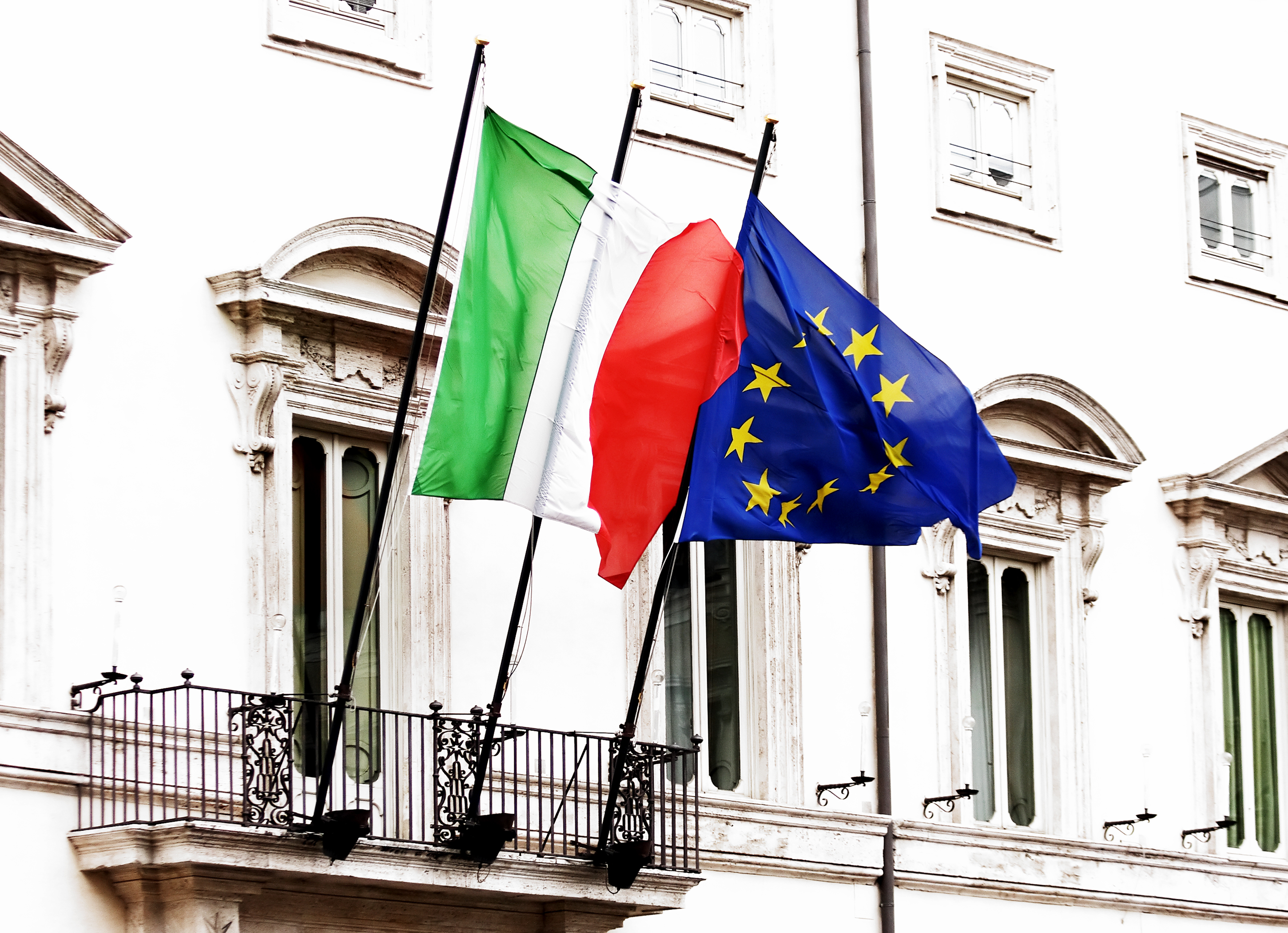The Italian coalition government, which came in to power in June, announced its controversial draft budget plan last Thursday. Despite Italy’s large sovereign debt obligations, the budget outlined plans to escalate spending; a move that could break EU spending rules.
The budget outlines a “citizens’ income” for the poor, tax cuts and a lowering of the retirement age. Economists have argued that fiscal stimulus in this fashion is unlikely to combat Italy’s waning productivity and urge instead for increased infrastructure investment, particularly in transport.
Despite already holding exceedingly large sovereign debt, second only to Greece, the budget forecasts an increase in borrowing from 1.5% this year to 2.4% of GDP in 2019. While EU rules state budget deficits must stay below 3%, there is also a rule limiting increases in the structural deficit (the part of the deficit unaffected by economic cycles) for which the proposed budget certainly breaches.
The markets reacted predictably to the uncertainty surrounding the budget when it was announced at the end of last month. Yields on 10-year Italian treasury bonds jumped to over 3.4% as many investors started selling. Spikes in treasury yields (essentially the rate at which the government can borrow) means a higher cost of borrowing as these rates set an important benchmark for other interest rates in the economy. Since the populist coalition was formed earlier this year, these bonds have suffered multiple sell-offs and the Italian treasury have spent more than €2bn to buy back their debts and fight back against sellers.
In a formal letter, the European Commission reminded the Italian finance minister Giovanni Tria of the existing spending rules, to which he insisted that spending is still up for debate and recommendations from the EU would be welcomed.
This is not the first time in which the new coalition has lived up to its Eurosceptic reputation, having faced off over the fate of a migrant ship with the EU earlier this year. Interior minister Matteo Salvini refused to take in the migrants who were stuck on the ship for nearly a week unless other EU members agreed to take them in as well. The government threated to cut payments to the EU after struggling to reach a solution. The migrants were eventually permitted to disembark after Albania and Ireland offered to take some of them in.
With the tension rising as the Italian government works to submit a final budget plan, the only thing guaranteed is uncertainty.
Daniel Farrington

